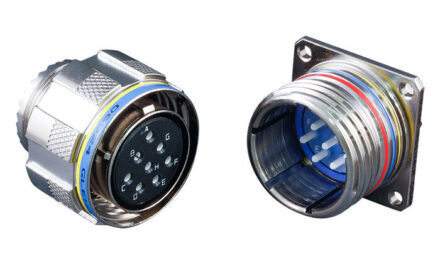Picochip has unveiled, what they claims is, the world first public demonstration of a commercial LTE femtocell eNodeB basestation working with terminals. The PC960x is specifically designed for cost-effective ‘small cells’.
The end-to-end small cell demonstration shows HD video streaming between two LTE-enabled laptops. It combines the company’s picoArray-based hardware and modem, Continuous Computing’s upper-layer software, and dongles (user equipment, or UE) using Wavesat’s Odyssey 9000 family of chipsets. The device crams a complete LTE basestation into a chassis barely larger than a hardback book. It meets 3GPP standards for Home eNodeB and Local Area eNodeB.
Femtocells and picocells (or, more generally, ‘small cells’) improve mobile voice and data service at business and residential customer premises, in metropolitan hot zones and in sparsely populated rural areas. They are already becoming critical components of 3G networks, and will play a key role in the roll-out of LTE. The growth in smartphone usage has put massive strain on mobile networks as they struggle to cope with the resultant spiraling demand for data capacity. The move to LTE is essential to cope with these trends.


